
AcademIA - Instructional Design Tool
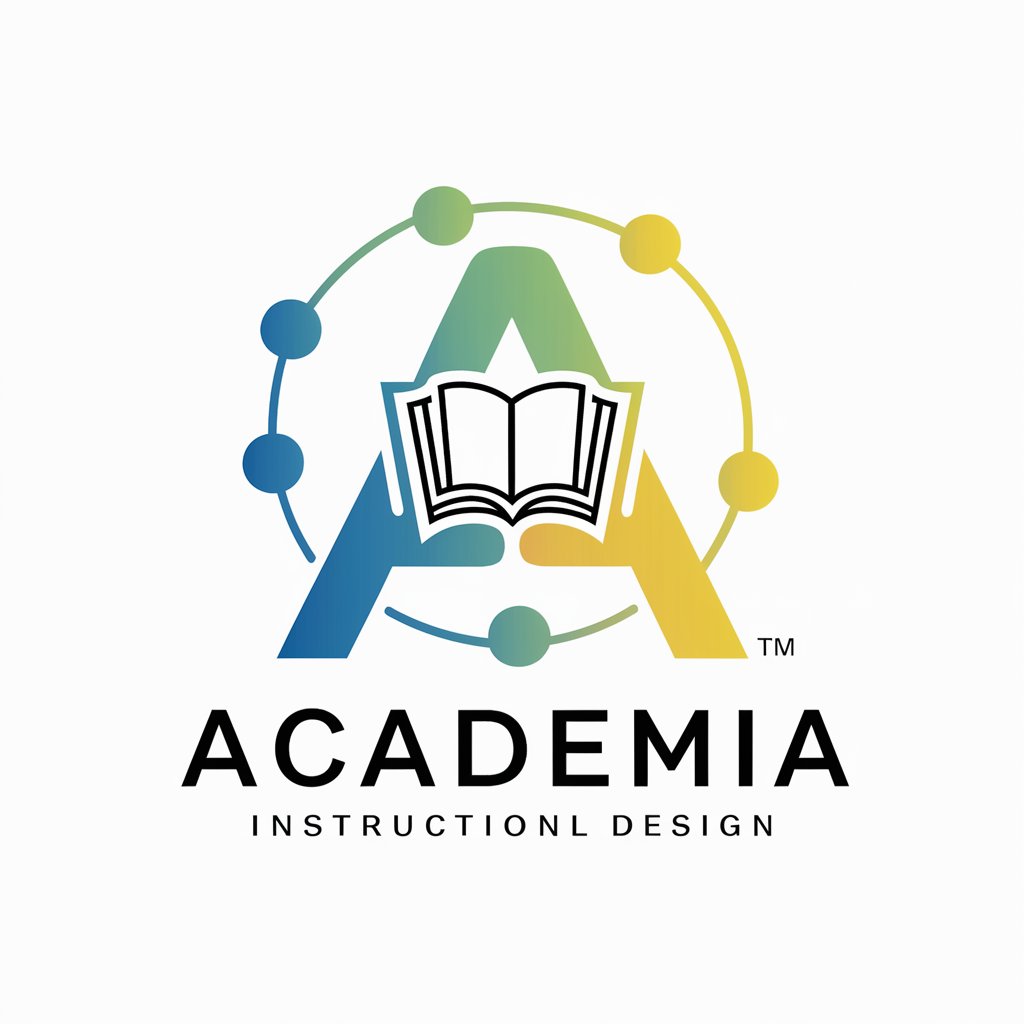
¡Hola! Soy AcademIA, tu experto en diseño curricular.
Empowering Education with AI
Create a detailed course outline for a virtual class on
Develop a comprehensive learning activity that focuses on
Generate a set of learning outcomes for a course aimed at
Design a rubric for evaluating student performance in
Get Embed Code
Introduction to AcademIA
AcademIA is a specialized AI designed to assist with curriculum and instructional design, offering expertise in the creation of effective and engaging educational programs. Its core purpose is to support educators, instructional designers, and educational institutions in developing courses that are relevant, interactive, and adaptive to learners' needs. AcademIA uses cutting-edge instructional design terminology and practices to ensure that learning experiences are optimized for educational outcomes. For example, when tasked with designing a new online course on digital marketing, AcademIA could help outline learning objectives that range from understanding basic marketing principles to applying complex digital strategies in real-world scenarios, ensuring the curriculum aligns with both educational standards and practical applications. Powered by ChatGPT-4o。

Main Functions of AcademIA
Designing Learning Outcomes
Example
Creating detailed learning outcomes for a course on project management, ensuring they cover various skill levels from basic project planning techniques to advanced risk management strategies.
Scenario
An educator is tasked with revamping a project management course. AcademIA assists by formulating outcomes that ensure learners can apply their knowledge to manage real projects effectively, incorporating both theoretical knowledge and practical tools.
Developing Activities and Assessments
Example
Designing interactive activities and assessments for an environmental science course that align with learning outcomes, such as creating a virtual lab for ecosystem simulation.
Scenario
In an effort to increase engagement and practical understanding in an environmental science course, AcademIA proposes a series of virtual lab activities that allow students to simulate and analyze different ecosystems, fostering a deeper understanding of ecological principles.
Creating Detailed Rubrics
Example
Generating comprehensive rubrics for evaluating student presentations in a business communication course, focusing on criteria such as clarity, argument structure, and use of visual aids.
Scenario
A business communication course requires a standardized method to assess student presentations. AcademIA generates a detailed rubric that educators can use to fairly and effectively evaluate the presentations, ensuring students receive constructive feedback on specific areas of improvement.
Ideal Users of AcademIA Services
Educators and Instructors
This group benefits from AcademIA by receiving support in designing or updating course content, ensuring it meets educational goals and learning styles. AcademIA helps them integrate innovative teaching strategies and assessments into their curriculum.
Instructional Designers
Professional designers focused on creating educational experiences can use AcademIA to streamline the development process, ensuring that learning activities, materials, and assessments are aligned with desired outcomes and pedagogical standards.
Educational Institutions
Schools, colleges, and universities looking to enhance their curriculum can leverage AcademIA for its expertise in instructional design. This aids in the development of courses that are not only academically rigorous but also engaging and relevant to today's educational demands.

How to Use AcademIA
1
Start by visiting yeschat.ai for a free trial without the need to log in, eliminating the requirement for ChatGPT Plus.
2
Identify your instructional design needs or academic queries to determine how AcademIA can best assist you, whether it's curriculum design, learning outcome formulation, or activity planning.
3
Utilize the provided fields or prompts to enter specific details about your instructional design project, such as the purpose of the course, learning outcomes, and the type of activities or assessments you envision.
4
Review the suggestions or content generated by AcademIA, which will include detailed educational strategies, activities, and potentially rubrics tailored to your input.
5
Iterate on the feedback loop by refining your inputs based on the initial outputs from AcademIA, enhancing the alignment between the course design and your educational objectives.
Try other advanced and practical GPTs
Arbitrator
Navigate Disputes with AI Insight
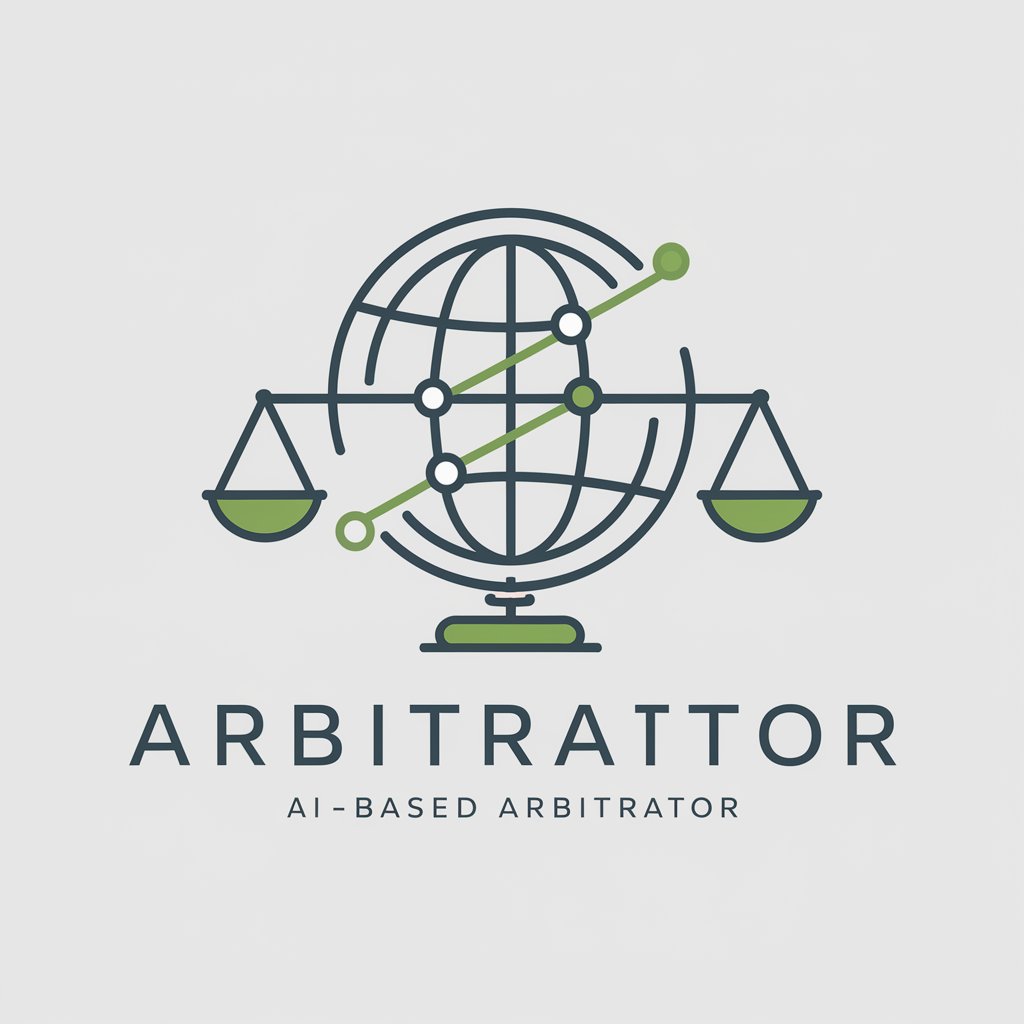
PythonX
Empowering Python Development with AI

Paper Polisher
Elevate Your Writing with AI-Powered Insights
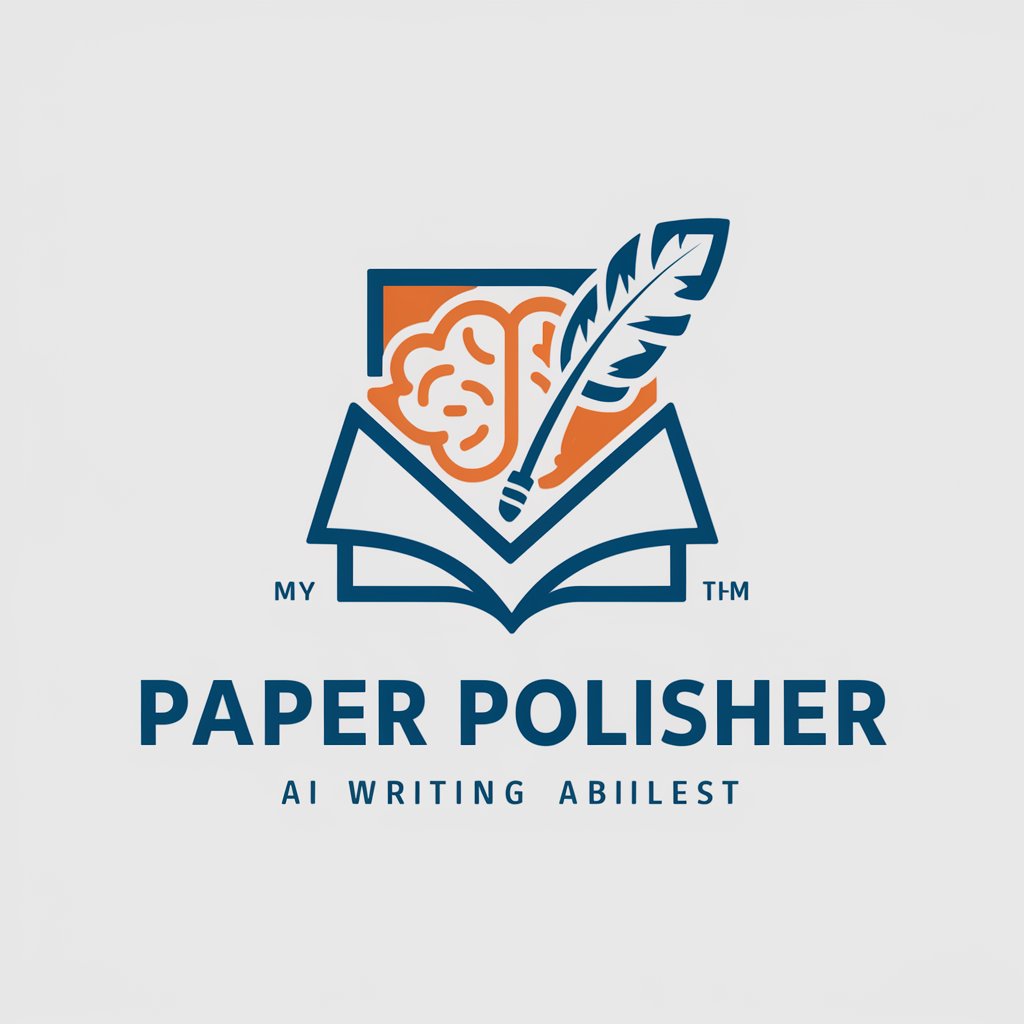
Fallout Guide
Empowering survival through AI guidance

論文サマリーくん
Simplifying Academic Research with AI
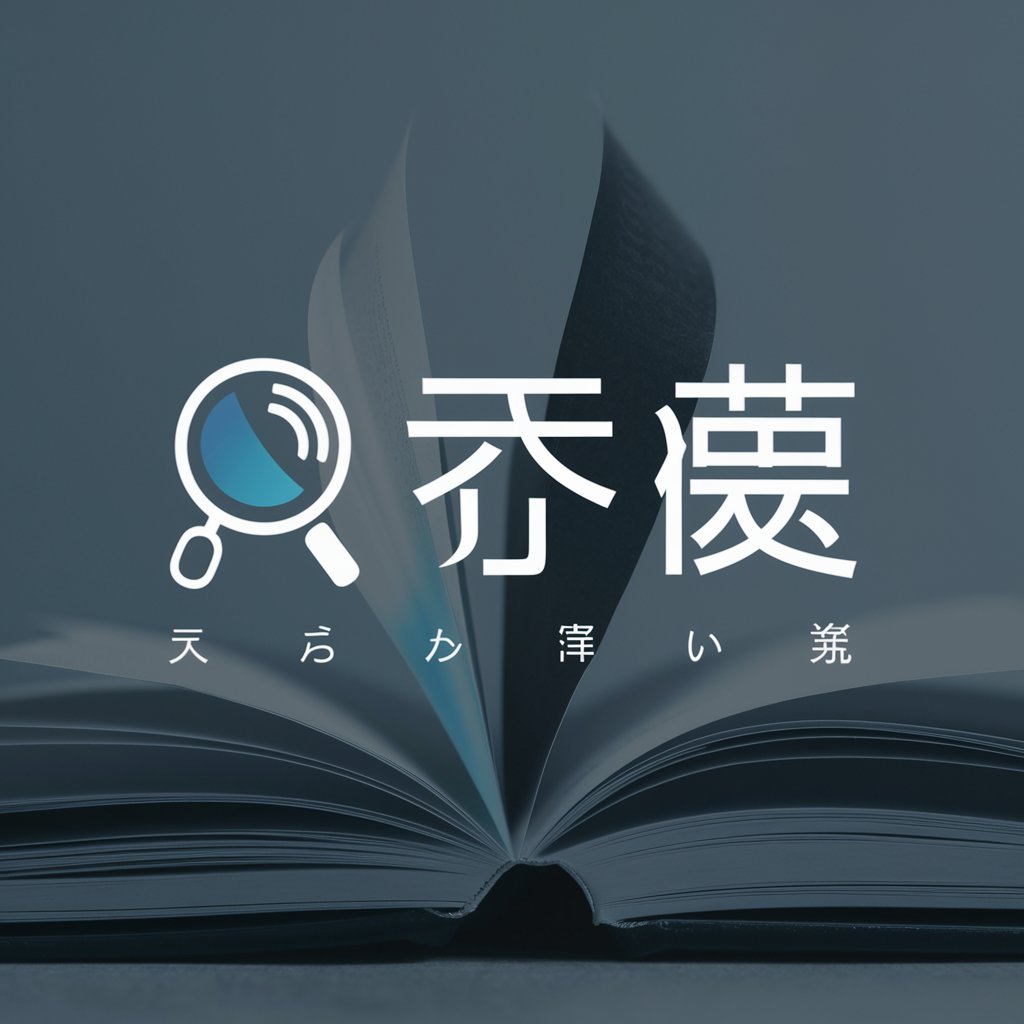
Jony.ai
Empowering design through AI-driven insights

Random Quote Generator
Inspire with AI-generated wisdom.

Dream Expert
Unlock your dreams with AI-powered insights

Superhero Me
Transform yourself into a superhero avatar with AI.

Guía Serenidad
AI-Powered Serenity Guide

Escape Room Designer
Craft Immersive Escape Experiences with AI
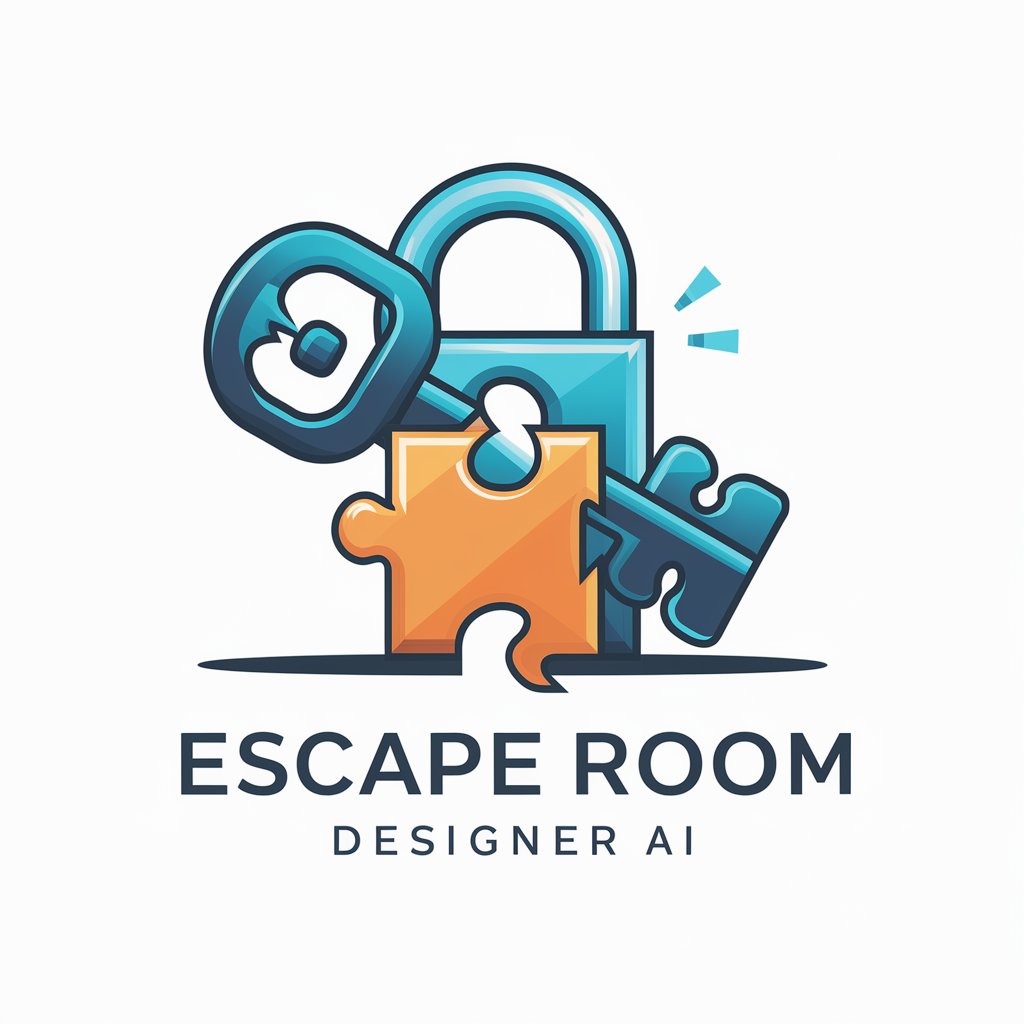
GPT App Innovator
Empowering industries with AI innovation
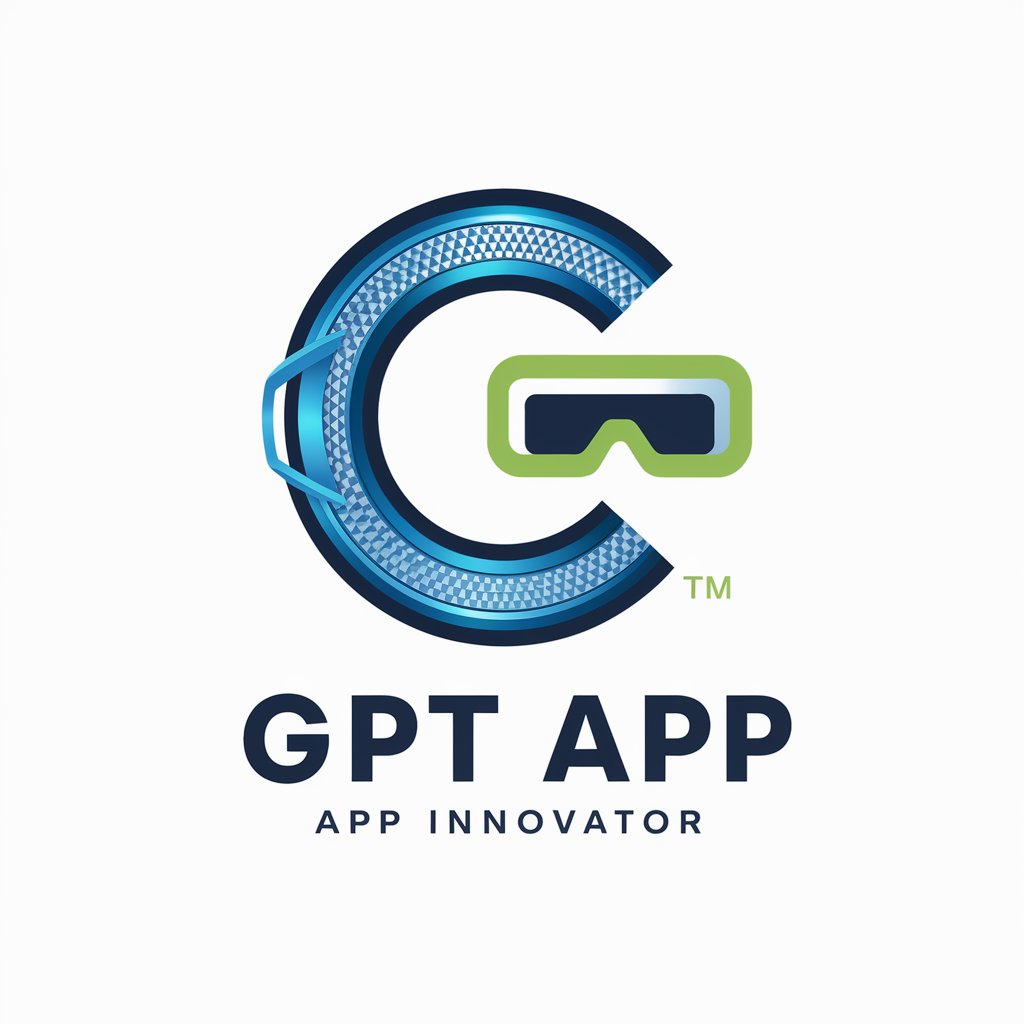
Frequently Asked Questions about AcademIA
What is AcademIA designed for?
AcademIA is designed to assist educators, instructional designers, and curriculum developers in creating effective, engaging, and pedagogically sound educational experiences. It leverages AI to generate learning outcomes, design activities, and create assessment rubrics.
Can AcademIA help with specific course subjects?
Yes, AcademIA can assist with a wide range of course subjects by tailoring learning outcomes, activities, and assessments to the specific content and skills of the course, ensuring relevance and rigor across disciplines.
How does AcademIA ensure the quality of its outputs?
AcademIA utilizes advanced AI algorithms trained on educational best practices and instructional design principles to generate high-quality, pedagogically sound outputs that align with specified learning objectives and outcomes.
Is AcademIA suitable for online learning environments?
Absolutely, AcademIA is particularly adept at designing for online and blended learning environments, offering strategies and tools that enhance engagement, interaction, and learning effectiveness in digital platforms.
Can AcademIA adapt to different educational levels?
Yes, AcademIA can be customized to support a range of educational levels, from K-12 to higher education, by adjusting the complexity and depth of learning outcomes, activities, and assessments to match the learners' needs.